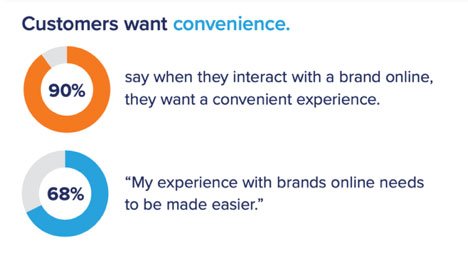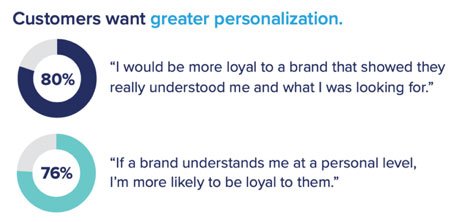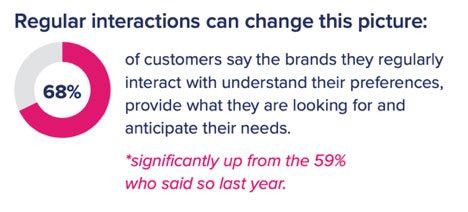Senior Living SEO: 8 “Must Haves” for Better Google Ranking in 2020
When it comes to senior living SEO, no one knows exactly how Google’s search algorithm works (except for a select number of folks inside Google). Attempting to game Google remains a pointless endeavor (though many continue to try). Instead, smart senior living marketing teams use search engine optimization (SEO) for better rankings. This involves building a site with excellent content that will come up naturally in various searches people do on Google. (That’s a very simple explanation, but you get the gist.)
Over the years, certain SEO “best practices” have emerged (practices that are endorsed by Google itself). Still, as technology and people continue to evolve, so does search—and the best practices that go along with it.
Below isn’t an exhaustive list of senior living SEO “must-haves” for 2020.
Rather, it’s a mash-up of the best practices that persist even in 2020 as well as reminders about SEO tactics that all senior living marketing teams should be paying attention to.
1. Compelling Content Written for Humans First.
Yes, folks: quality content is still king. Because at the end of the day, all Google really cares about is keeping searchers happy. And by happy that means serving up exactly what that searcher is truly looking for. Google has gotten quite adept at understanding context and even nuance, and, of course, searchers have gotten incredibly granular with their search queries.
The words you use (or “keywords,” as we say) still matter, but what’s more important is providing excellent content that’s written in a natural way—content that will help people who are looking for a solution to that particular problem, such as . . .
- “How to pay for senior living communities”
- “Tips for choosing assisted living”
- “What’s the difference between assisted living and independent living”
2. Compelling Content that’s DIFFERENT from Your Competitors’ Sites.
You want to provide thorough, helpful content. But you also want to provide content no one can find anywhere else. The biggest mistake we see in our industry is this: too many senior living community websites sound exactly the same.
Here’s the thing: we are essentially selling the same product/service, right? There are just so many ways senior living marketing teams can talk about “exercise tips for people over 70” or “10 considerations when choosing a senior living community.” Still, if you want your site to stand out—to people AND Google—you need to write about things in a way that captures the essence and spirit of YOUR community.
So perhaps you have a Q&A blog post with your community’s sales director and you ask him/her to answer specific questions regarding paying for senior living. Or maybe you interview the community’s dining director about the five most popular meals at the community and why he or she thinks they’re great—and then you follow it up by interviewing some residents with their thoughts.
And regarding that topic about exercise tips for people over 70? Maybe you videotape the activities director performing five different chair exercises. You use the content on the blog, on social media, and YouTube. Over time, as more people come to the blog post and share it, Google will “understand” that this is worthwhile content about exercise tips for people over 70, which will bring in even more traffic and help build site authority.
The topics might be similar to topics your competitors are doing, but you’re covering them in a completely original and interesting way. THIS is the type of content that “wins” over Google in the long run.
3. Speed, Baby!
Bottom line, you want a site that loads quickly. Don’t make it easy for people to go to a competitor’s site simply because yours takes too long to load. A good web developer can test page speed and identify where and how to lighten the load.
4. Site Security.
It’s 2020. Your site must be secure. In other words, you need https, not http. This is important for humans (people are getting better at looking for https). But Google now uses https as a ranking signal.
5. Mobile Responsiveness.
Google also uses mobile responsiveness as a ranking signal. So you need to make sure your site is mobile-friendly, which it should be anyway, since more and more people conduct searches on tablets and phones.
6. Google My Business Listings.
If people search on “senior living communities near me,” what comes up? Often, Google My Business listings surface to the top, which means you need to not only claim these listings, but also treat them like mini-websites and make sure they’re on brand, up to date, and have the most important content that someone would be looking for.
7. Listings on Other Sites with Authority.
Certain directory listings carry authority in Google’s eyes, so having listings on these sites can be helpful in building your own site’s authority. Don’t stress and worry that your senior living website will be doomed if you miss one or two listings, however. Do your best, keep it on your radar for review (so you can be aware of any new sites that become important), and keep going.
8. Oldies, But Goodies.
Yes, even in 2020, it still makes sense to follow these long-standing senior living SEO best practices for more effective senior living marketing online:
- Keyword-rich title tags. Title tags are HTML elements that specify the title of a web page. They show up as the clickable headline on search engine result pages (SERPs). Try to keep your title tag under 65 characters. Ideally, it should include a keyword phrase that expressly indicates what the page is talking about.
- Meta description: This is the snippet of text that typically shows up on SERPs under the title tag. Try to keep these under 150 characters and think of it as a little mini-ad for the page. Be clear what the page is about, but make it enticing so people will click.
- Internal links: Pay attention to keyword phrases that you use naturally in the page that lead to other topics you’ve written about on your site. Hyperlink those words (called “anchor text) and link to the corresponding content.
Bullets and bolding. Google likes good formatting, and what this means for your content is naturally including bold keyword-rich sub-headlines and bulleted/numbered lists for easier skimming/reading.
BONUS: Get Help from Experts in SEO and Senior Living!
Here’s the thing: you will never be “done” with SEO. It’s an ongoing task. And sometimes you’re so busy doing marketing and sales that some of these SEO “must-haves” can fall by the wayside. That’s why it makes sense to work with an SEO expert from time to time, just to make sure your site is in tip-top shape. And bonus points if the SEO expert has experience in senior living.
Well, look at that. We just described . . . us! We’d love to chat with you about your SEO needs for 2020.









